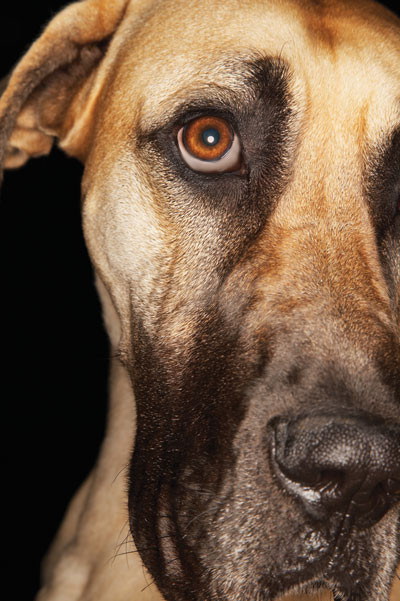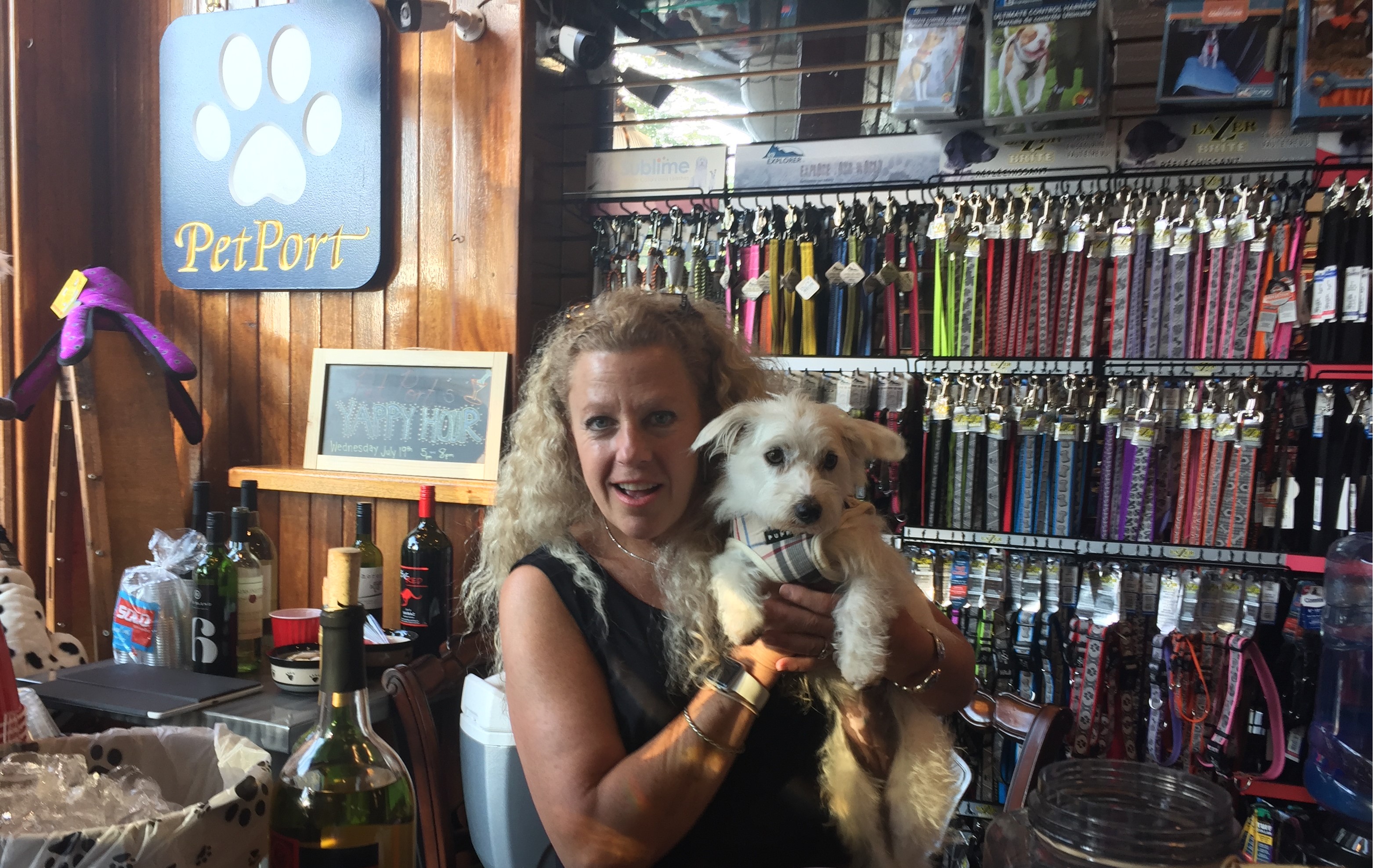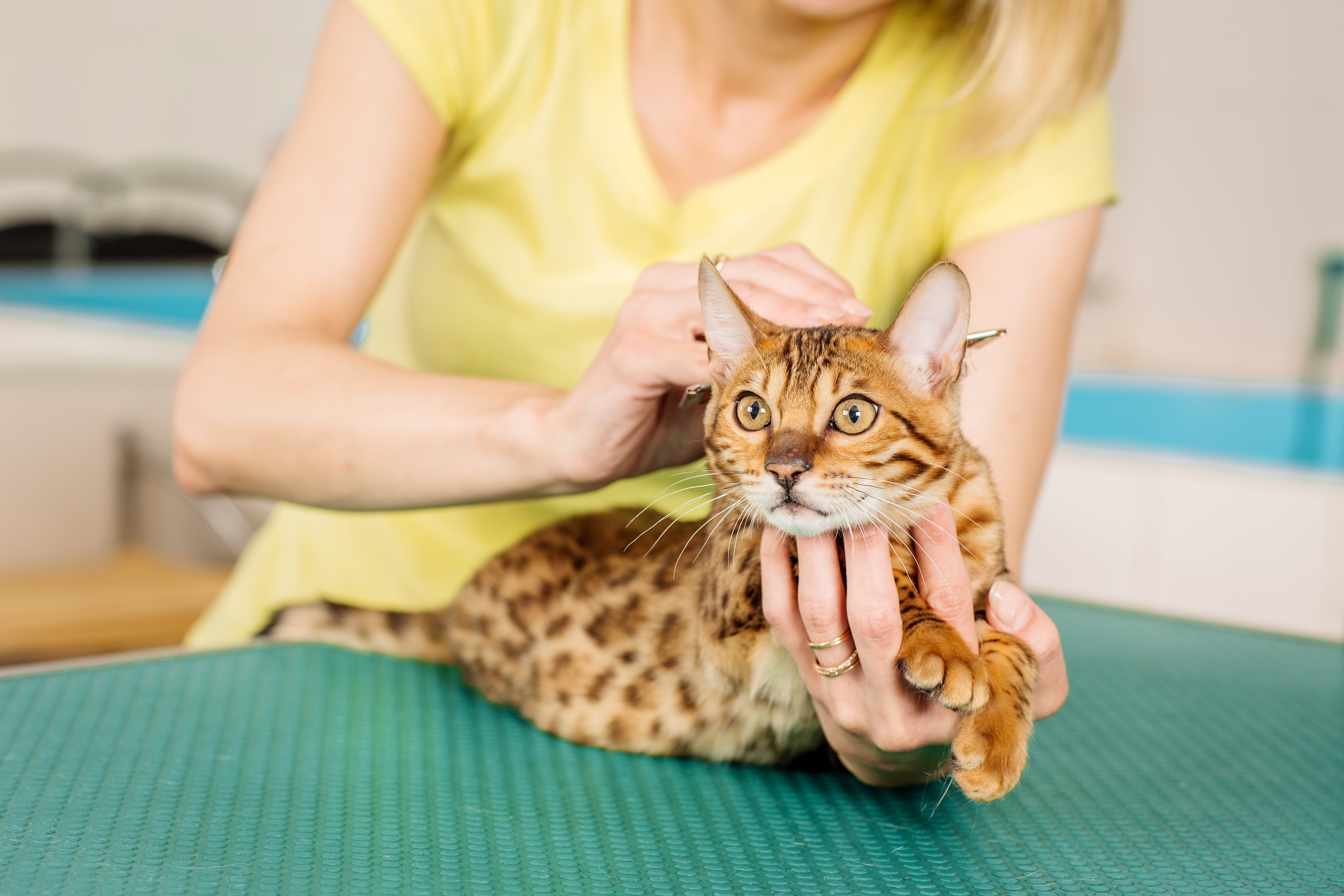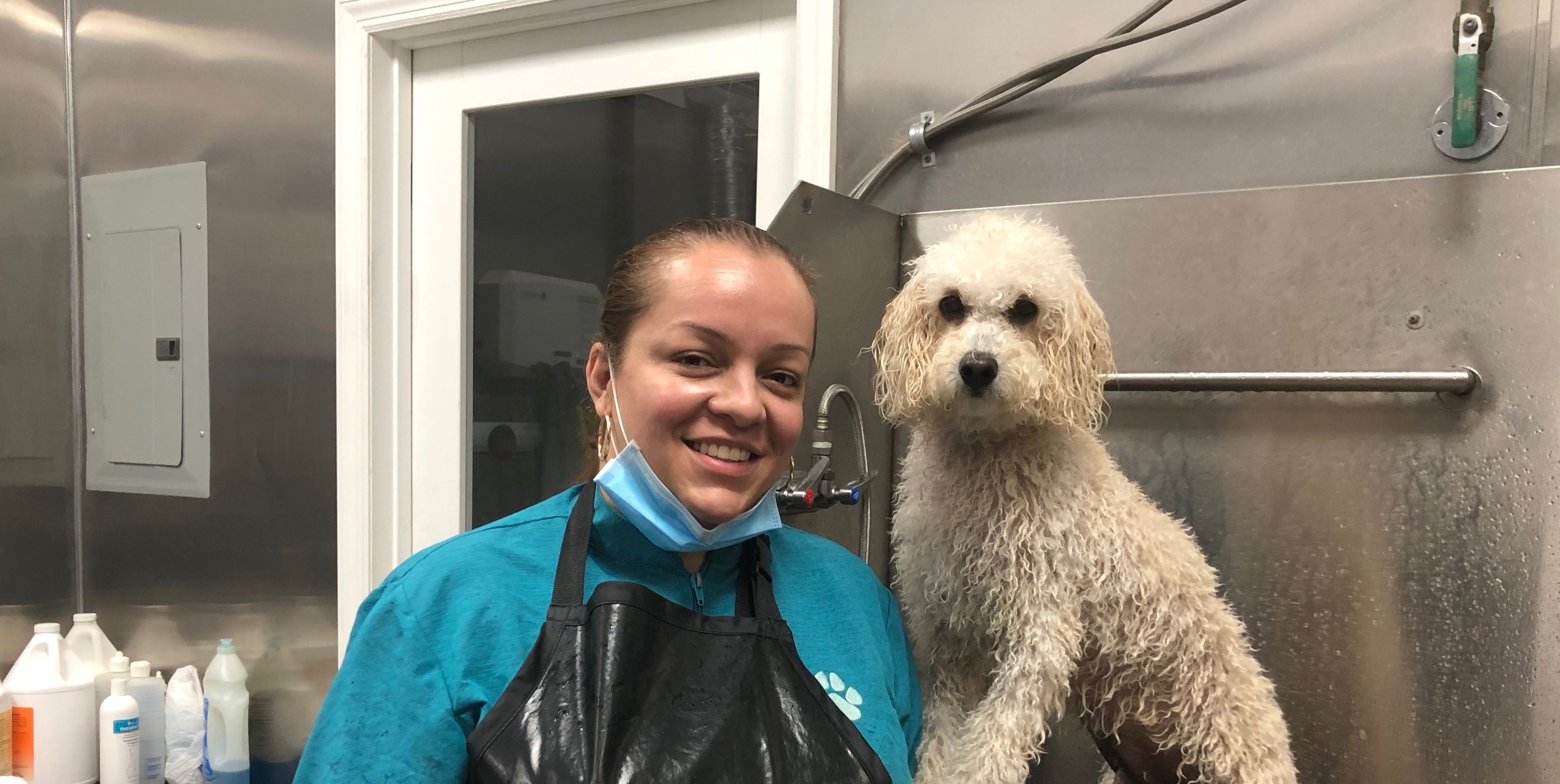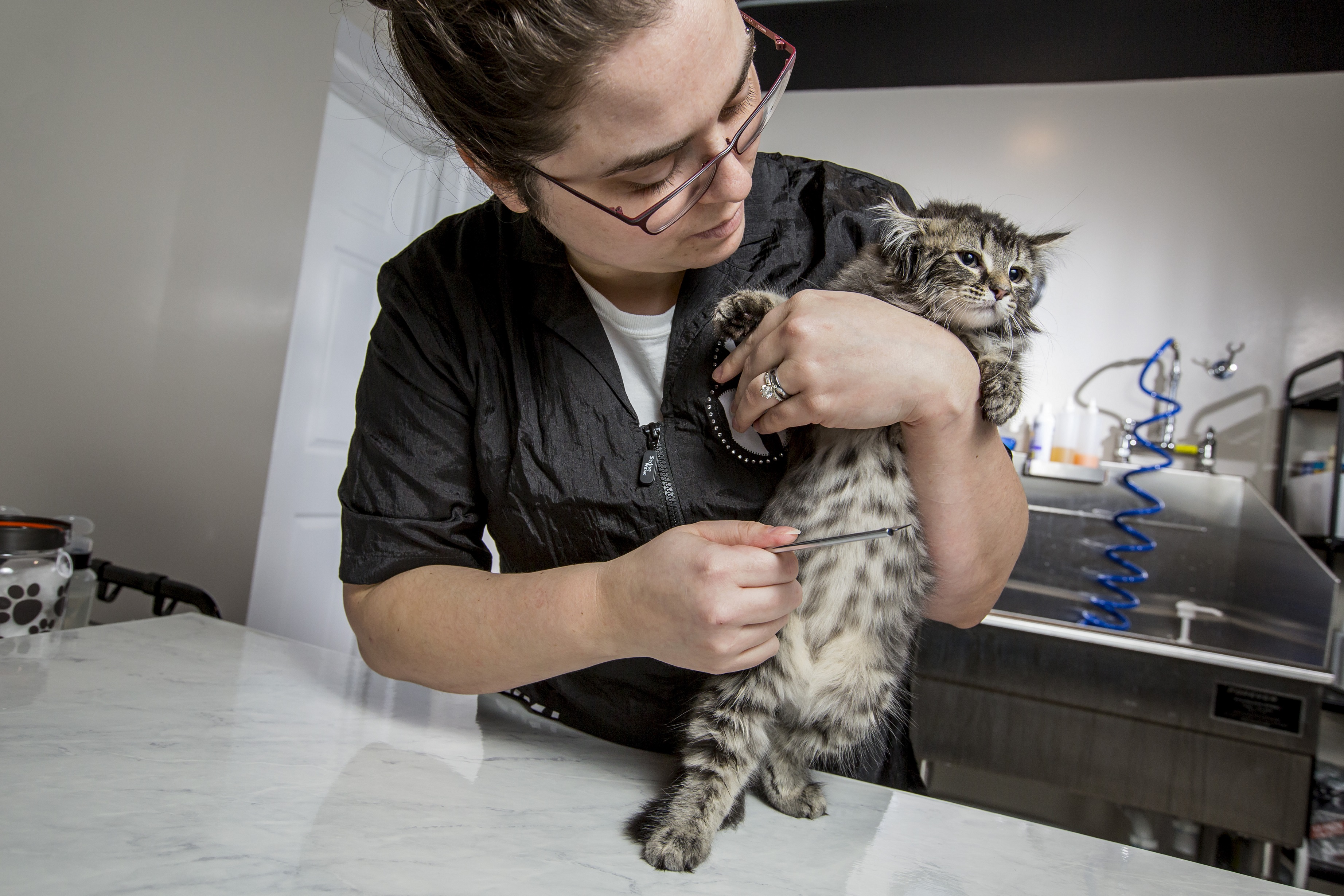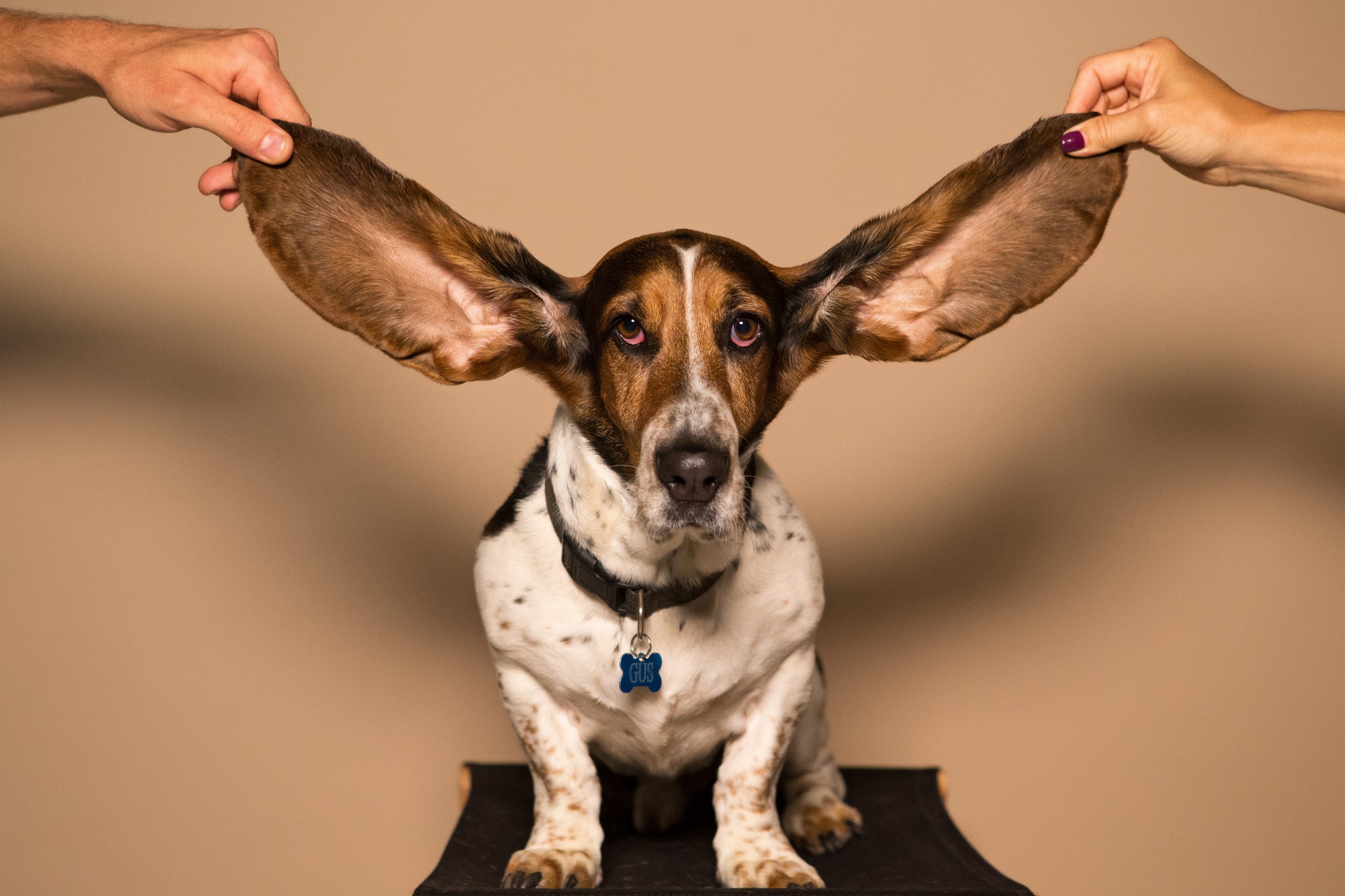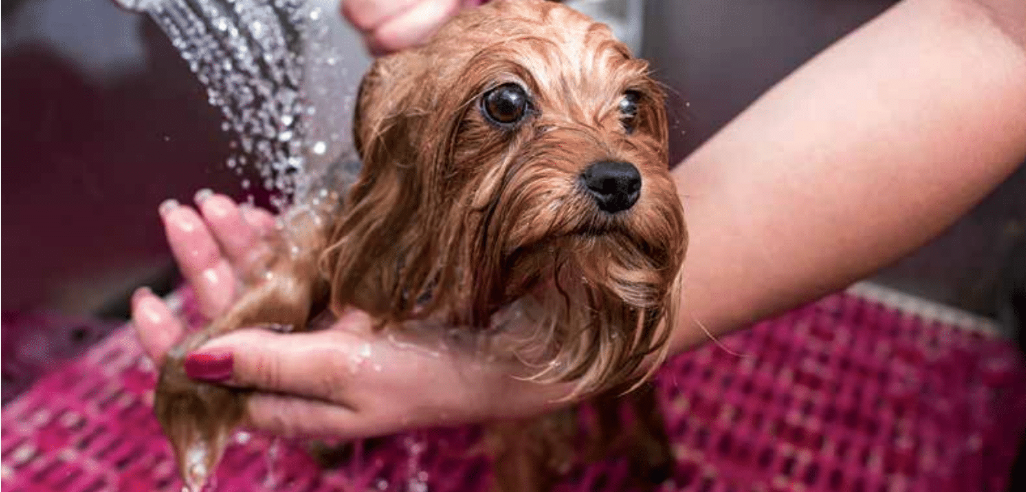Seeing Eye to Eye
Daryl Conner //January 5, 2015//
 They say that the eyes are windows to the soul. This can be true for animals as well as people. Pet owners often request, “Please make sure I can see his eyes,” when they hand over care of their dog to their groomer. People like to see the expression of their pets face without fur hiding their peepers.
They say that the eyes are windows to the soul. This can be true for animals as well as people. Pet owners often request, “Please make sure I can see his eyes,” when they hand over care of their dog to their groomer. People like to see the expression of their pets face without fur hiding their peepers.
During the grooming process, stylists are often the ones to discover that there might be a problem with the pet’s eyes. If a dog or cats eyes have a bluish cast or are cloudy, they may well have impaired vision. This means special handling is required so the pet does not injure itself during the grooming process by bumping into something while moving through unfamiliar territory or by inadvertently stepping off the grooming table because it cannot clearly see the edge.
Spotting Eye Problems
If the third eyelid (located behind the lower lid) or the conjunctiva (the inner lining of the eyelids) are red, irritated or swollen, the dog may have an irritation or injury to the eye.
Also, if one or both eyes seem to be enlarged and too big for the eye socket, the pet may be experiencing glaucoma, a condition in which fluid builds up in the eye and causes pain and sometimes blindness. Referring a customer to take their pet to see their veterinarian if any of these symptoms are noticed is the best plan of action.
The most common eye care problem that groomers encounter is that of excessive discharge. This can range from a minor annoyance with wet hair building up around the inner eye corners to a more severe problem when groomers are presented with a pet that has a serious accumulation of thick, wet, odiferous, crusty matter that needs to be removed.
Often, the skin below is severely irritated and very sore and the pet wants no part of having the buildup washed away, no matter how gently you try to make the removal. In many cases this can be taken care of while the pet is being bathed. Running a gentle stream of warm water over the area every few moments between washing other areas of the body loosens the matter and eventually it can be lifted off with the help of a fine-toothed comb or a cotton ball soaked in warm water or saline solution. If the pet will not allow this process, the client will have to be referred to their veterinarian.
Groomers can help by trimming the hair around the eyes closely and recommending that the affected area be gently cleansed twice a day at home. Pet owners should be instructed to use a moist cotton ball or gauze pad and wipe from the eye corner away from the pet’s eye. Caution them to not touch the eye with the cotton or gauze, as that can cause further eye damage.
Tear Stains
How to best handle tear staining is a question that professional groomers are often asked about.
Excessive tears can be caused by a variety of things: hair or eyelashes rubbing on sensitive eye tissue, blocked or clogged tear ducts, enlarged tear ducts, poor diet, mineral-rich water, infection, stress, pollution, allergies, teething (in puppies), ear or dental infections and even plastic food bowls. But why do clear tears cause ugly red coat stains?
“Tear stains are usually caused by dye molecules called porphyrins,” said veterinarian Greg Magnusson on his website www.leospetcare.com. “Porphyrins are iron-containing molecules, produced when the body breaks down red blood cells. Porphyrins are excreted primarily through bile and the intestinal tract but in dogs, a significant amount of porphyrin is excreted through tears, saliva and also urine.”
“When porphyrin containing tears or saliva sits on white fur for any length of time, stains result. These iron-related stains intensify/darken in the presence of sunlight,” said Magnusson.
“All dogs produce porphyrin, but of course porphyrin staining is most noticeable on light colored dogs. If you have ever noticed a white dog who has been licking or chewing on his leg, the hair in that area will turn iron-brown in color as well,” said Magnusson. “Primarily then, most tear stains in most dogs can be simply prevented by keeping the face meticulously free of porphyrin-containing tears. That means keeping the face hair trimmed, and wiping the face at least twice daily with a slightly damp wash cloth, to dilute out and wash away the tears.”
Burt’s Bee‘s offers a gentle solution that helps to prevent stain build up when used daily.
“Our pets are part of the family and deserve the very best in natural care,” said Elizabeth Fella, marketing coordinator at Burt’s Bees. “The Burt’s Bees Natural Pet Care products are perfect for our pets since they adhere to the highest environmental standards and are made from safe, natural ingredients.” This product contains soothing chamomile, is pH balanced for dogs, cruelty free and made in the USA.
Understanding what causes the stains your clients complain about is helpful, but it is clear to see that in most cases caring for those all-important windows to the soul is a job best left to the medical profession.
